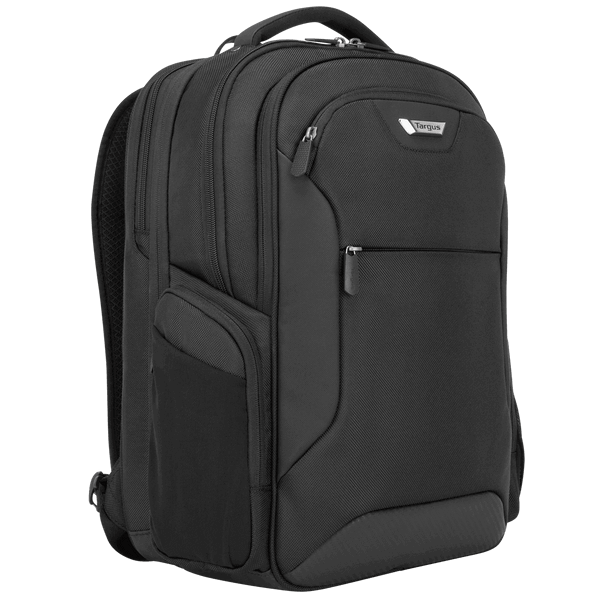Europe’s budget airline scene in 2025 is thriving, with several carriers offering ultra-low fares across the continent. Watch for hidden fees: Most budget carriers charge for seat selection, cabin bags, and printing boarding passes. Book early: Prices spike closer to departure. Booking 2–3 months ahead often yields the best deals. Use secondary airports wisely: Ryanair often fly to airports far from city centers—factor in transit time and cost. Consider loyalty programs: EasyJet’s Flight Club can offer savings if you fly frequently. EasyJet is ideal for travelers who value convenience and fly from major airports. Ryanair is best for ultra-budget travelers who can navigate its strict policies and secondary airports. Vueling shines for Spain-based itineraries or when flying to/from Barcelona, its main hub. Here's a structured comparison of Europe's top budget airlines—EasyJet, Ryanair, and Vueling—based on recent performance, pricing, and passenger experience.
Ryanair
Founded: 1984, headquartered in Dublin, Ireland
Fleet: Over 550 aircraft, mostly Boeing 737-800 and 737 MAX
Network: 229 destinations across 37 countries
Passenger Volume: Over 183 million in FY2024
Load Factor: 94% (industry-leading)
New Bases: Tirana, Copenhagen, and Dubrovnik added in 2025
Route Expansion: 200+ new routes for Summer 2025, including Morocco, Georgia, and Armenia
Fleet Growth: 23 new Boeing 737 MAX aircraft added in 2025

Passenger Experience
Cabin Comfort- Tight legroom, no seat recline; minimal frills
Baggage Policy- Only a small personal item included; cabin bags cost extra
Booking Experience- Functional app, but aggressive upselling
Airport Access- Often uses secondary airports (e.g., Beauvais for Paris, Hahn for Frankfurt)
Punctuality- 65% on-time performance; strong short-notice cancellation record
Experiential Logic & Overlay Potential
Transit Trade-offs: Ryanair’s use of secondary airports often means longer ground transfers—but can unlock overlooked urban peripheries.
Narrative Routes: Expanding into the Balkans, Caucasus, and North Africa opens rich overlays for cultural and architectural exploration.
Speculative Fit: Ideal for budget-conscious travelers who prioritize price over comfort and are willing to navigate logistical complexity.
EasyJet
Founded: 1995, headquartered in Luton, UK
Fleet: Over 330 aircraft, primarily Airbus A320 family
Network: 1,000+ routes across 35+ countries
Passenger Volume: 36.9 million in the UK alone (2023)
New Routes: 26 added for Summer 2025, including Tunisia, Cairo, and sub-Saharan Africa
Fleet Modernization: Nine new A320neo aircraft in 2025, improving fuel efficiency by 13%
Passenger Experience
Cabin Comfort- Slightly more legroom than Ryanair; clean, modern interiors
Baggage Policy- Personal item included; overhead cabin bag cost extra (15kg, 23kg options)
Booking Experience- Highly rated app and website; intuitive interface
Airport Access- Operates from major airport (Gatwick, Schiphol, Milan Malpensa)
Punctuality- 67% on-time performance; improving load factor to 88%
Experiential Logic & Overlay Potential
Urban Integration: EasyJet’s use of major airports enhances transit connectivity and walkability.
Narrative Routes: New leisure destinations (e.g., Canary Islands, North Africa) offer rich overlays for cultural and architectural exploration.
Holiday Packages: EasyJet Holidays blends flight + hotel with dynamic pricing—ideal for thematic trip planning.
Vueling
Founded: 2004, headquartered in Barcelona
Fleet: ~120 aircraft, mostly Airbus A320 family
Network: 140+ destinations across Europe, North Africa, and the Middle East
Passenger Volume: ~34 million in 2024
Parent Company: International Airlines Group (IAG), alongside Iberia and British Airways
Hub Strength: Barcelona El Prat (BCN) remains dominant, with growing presence in Paris Orly and Rome Fiumicino
Route Focus: Strong in Spain, France, Italy, and leisure destinations like the Canary Islands, Morocco, and Greece
Fleet Renewal: Adding A320neo aircraft for fuel efficiency and quieter operations
Passenger Experience
Cabin Comfort-Comparable to EasyJet; newer aircraft offer better ambiance
Baggage Policy- More flexible than Ryanair; cabin bag often included with Optima fare
Fare Types- Basic, Optima, TimeFlex—each with different perks (seat selection, changes)
Airport Access- Mix of major and secondary airports; strong urban integration in Spain
Punctuality -62% on-time performance; improving with operational tweaks
Digital Push- Enhanced app and website UX in 2025, with dynamic pricing and bundled fare options
Experiential Logic & Overlay Potential
Narrative Routes: Vueling’s network is ideal for crafting thematic itineraries across Iberia, the Mediterranean, and North Africa.
Civic Memory: Routes from Barcelona to cities like Granada, Palermo, and Marrakech offer rich overlays in architecture, adaptive reuse, and layered heritage.
Transit Integration: Strong connections with Spanish rail and metro systems make Vueling a practical fit for walkable urban exploration.
Which One is Better?
Which Budget Airline Is “Better” depends on Your Goals. Ryanair is the Cheapest, has ultra-low fares, a vast network and ideal for speculative hops. Ryanair is an has a vast network of secondary airport at underrated destinations, which unlock civic peripheries. For speculative urban overlays in Eastern Europe or the Caucasus → Ryanair to Tirana, Tbilisi, or Yerevan.
EasyJet operates from central hubs and provides smoother overlays. For transit-integrated city hops with major airport access → EasyJet between London, Milan, Amsterdam, and Geneva. EasyJet has more legroom, intuitive booking, fewer upsells; comfort & app UX. Vueling is the best option for Spain/Mediterranean routes, with its Strong BCN hub, rich civic and architectural overlays. For a thematic walking tour across Mediterranean civic memory → Vueling from Barcelona to Palermo, Granada, and Marrakech. Vueling routes link heritage cities with adaptive reuse potential, narrative-rich itineraries.








,_EC-MHS_-_BCN_(24845859099).jpg)







Comments
Post a Comment